We get that you’re busy, so in short: HVAC equipment prices are likely to increase 15-30% in the near term, which usually translates to around a 6-10% price increase for homeowners’ out of pocket cost.
On April 2, 2025, the Trump adminstration introduced significant import tariffs. All imports now face a 10% baseline tariff, with specific surplus nations facing higher reciprocal tariffs, such as China (145%), Mexico (25%), Vietnam (46%), and Japan (24%) and Thailand (36%) (Update: All country-specific tariffs other than China have been suspended until mid-July as of April 22nd, 2025).
These broad tariffs will impact all HVAC products in the market with significant price increases. In this article, we’ll review the tariffs, then go manufacterer by manufacterer and where they produce their HVAC products.
At UniColorado, our existing “pre-tariff” inventory will likely be depleted by early-May and then be subject to price increases. We urge customers who have been considering an HVAC installation in Denver to get in touch with us as soon as possible to take advantage of lower prices while still possible.
4/22/2025 update: Current tariff rates have been incorporated. All country specific tariffs are suspended until July, 2025.
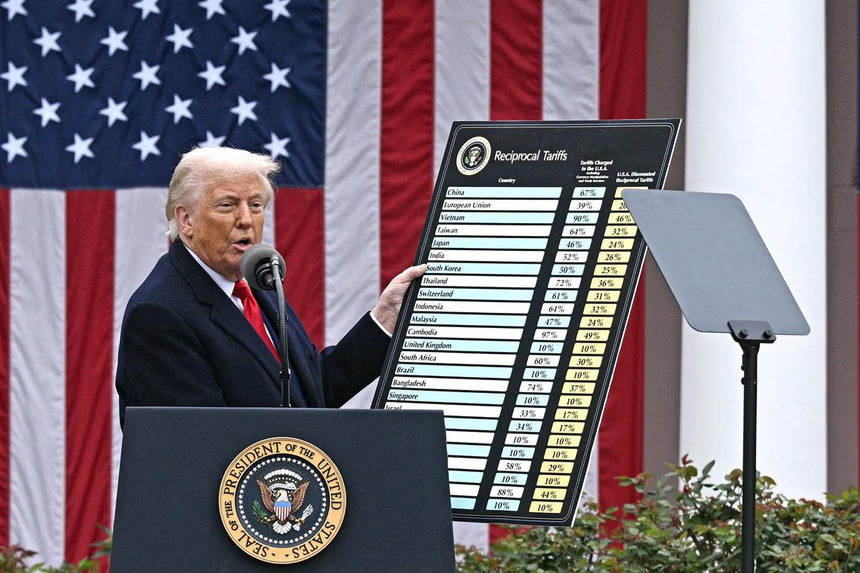
As of April 2nd, 2025, the U.S. government has implemented a new tariff policy that affects nearly every imported HVAC product:
The tariffs are part of a broader economic strategy outlined by Stephen Miran, Trump’s Chair of the Council of Economic Advisers, as reported in Bloomberg. Miran’s paper, “A User’s Guide to Restructuring the Global Trading System,” published before his nomination, calls for a weaker US dollar and significant tariff hikes to reshape global trade. His vision is to boost US exports by devaluing the dollar while maintaining its status as the world’s dominant reserve currency. Tariffs serve as a negotiating tool, potentially offsetting inflation risks by strengthening the dollar against foreign currencies. This strategy aims to address trade imbalances and extract concessions from countries like China, Canada, and Mexico, though it carries risks of retaliation and higher consumer prices.
Miran argues that US tariff rates have been too low, and his approach could maximize public welfare and government revenue, despite criticism from mainstream economists. For example, he suggests importers might reduce margins to avoid losing market share, but acknowledges potential burdens on American consumers, especially in sectors like HVAC reliant on imports.

Virtually every major HVAC manufacturer – both U.S.-based and international – will be affected by these tariffs. Even brands that build units in the USA rely on imported parts, and no HVAC brand is 100% made in America. Below is a breakdown of how top manufacturers are handling the situation and what price changes you can expect:
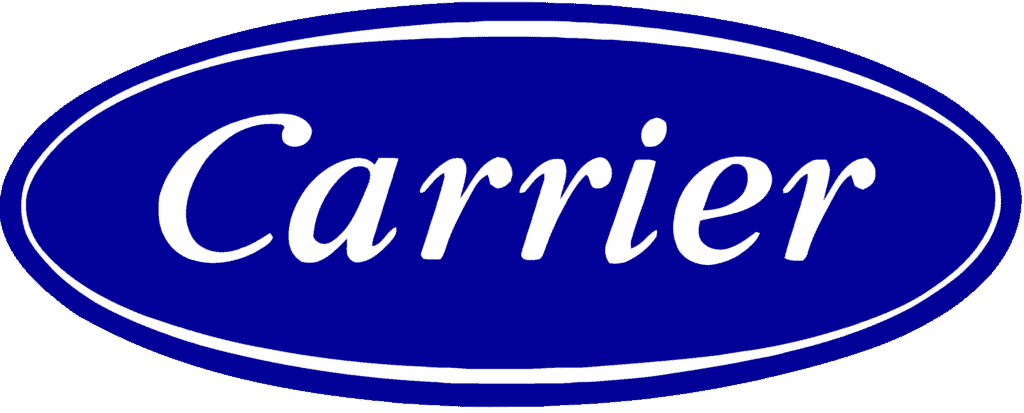
Manufacturing Locations & Tariffs:
Announcements

Manufacturing Locations & Tariffs:
Announcements

Manufacturing Locations & Tariffs:
Announcements

Manufacturing Locations & Tariffs:
Announcements

Manufacturing Locations & Tariffs:
Announcements
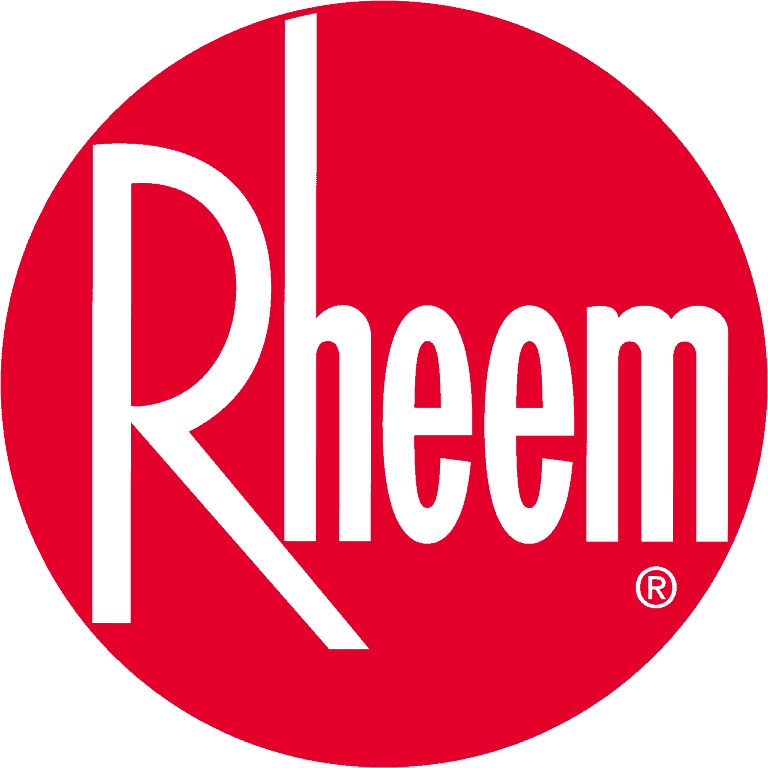
Manufacturing Locations & Tariffs:
Announcements
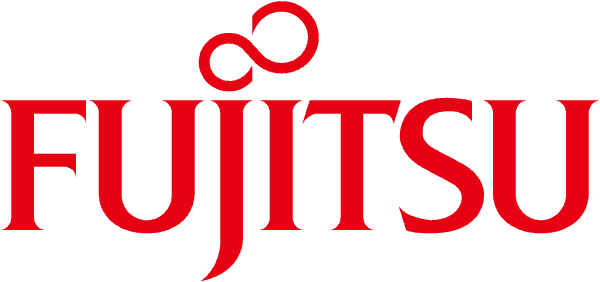
Manufacturing Locations & Tariffs:
Announcements
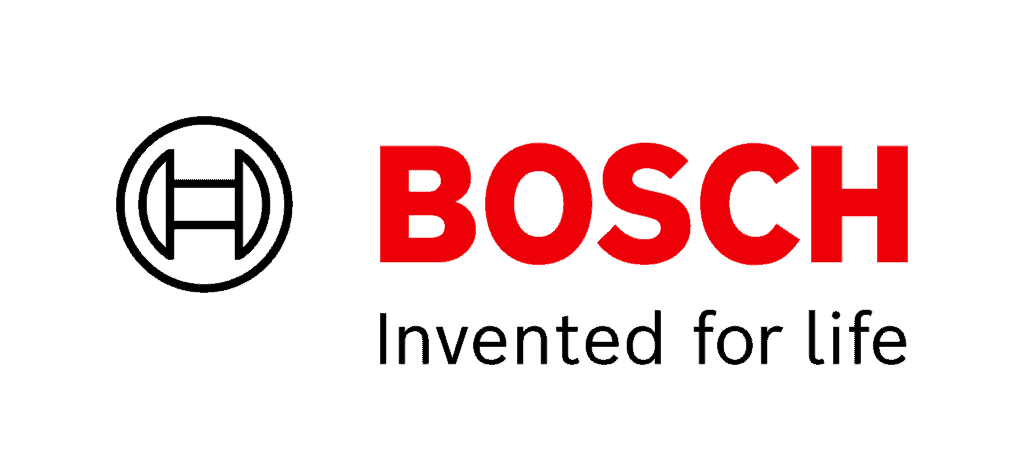
Manufacturing Locations & Tariffs:
Announcements

Manufacturing Locations & Tariffs:
Announcements

Manufacturing Locations & Tariffs:
Announcements
Tariffs in 2025 are not just targeting whole HVAC units, but also the many global components inside them. Even American-made systems rely on parts manufactured worldwide, and each component now carries its own tariff, increasing both new equipment and repair costs.
Many U.S. manufacturers use Copeland (Emerson) scroll compressors. Those made in the USA avoid tariffs, but models from their Mexican plant face a 25% duty. Other compressors—like small rotary units from Chinese companies (e.g. GMCC or Highly)—are hit with a 145% tariff. Even Panasonic and Hitachi compressors from Japan incur a 24% tariff. Copeland’s recent price increase of 17–40% reflects these rising costs.

Electric motors used in HVAC systems, including indoor blowers and outdoor fans, are often sourced from China or Mexico. For example, motors from Chinese manufacturers like Zhongshan Broad-Ocean are now subject to a 145% tariff, while Mexican-made ones face a 25% tariff. Even motors from Vietnam see a 46% tariff. This shift in production may eventually push manufacturers to source motors from countries with lower tariffs or bring production to the U.S., but for now, rising costs are inevitable.
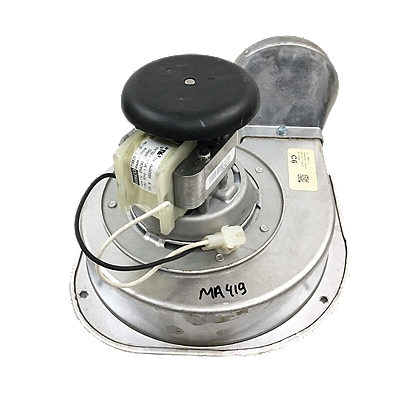
Modern HVAC units incorporate various electronic control boards, many of which are made in China, Southeast Asia, or Mexico. With tariffs of 145% (from China) and 25% (from Mexico), components like smart thermostats or Wi-Fi modules are getting pricier. Manufacturers might try to offset these costs by redesigning boards or sourcing alternative parts, but consumers can expect higher repair costs as these changes take time.
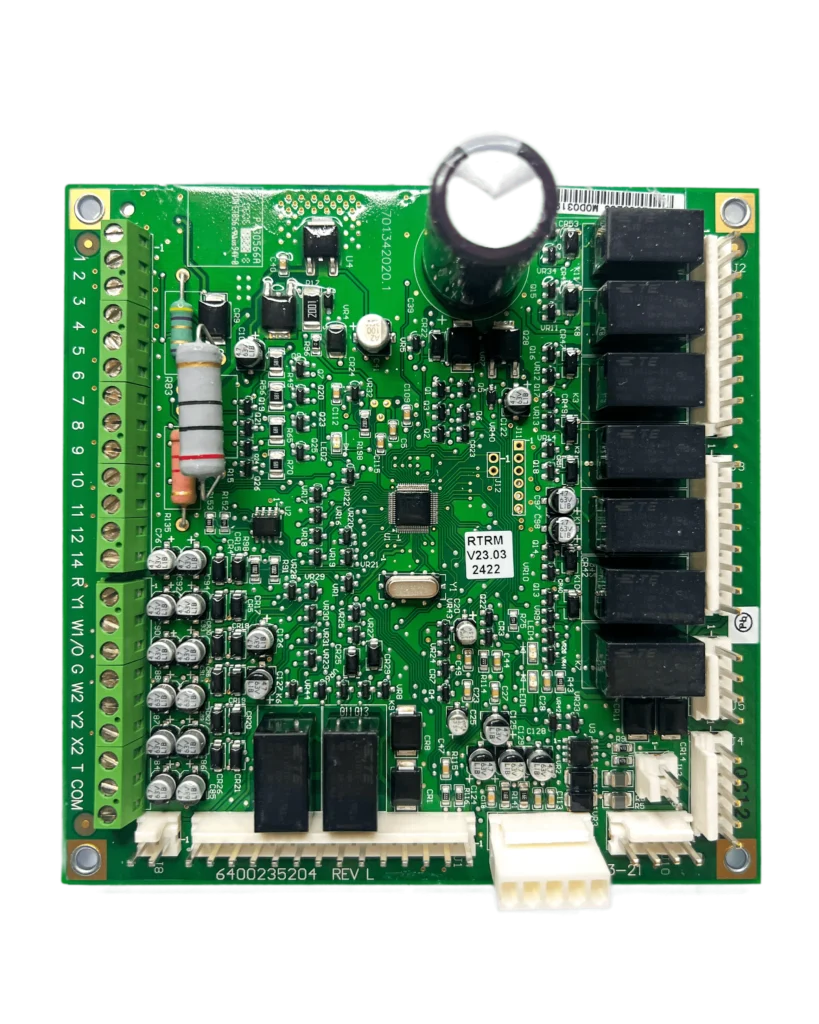
Copper and aluminum are essential for refrigerant coils and lines. Many copper products are imported from Mexico or Vietnam, incurring at least a 10% tariff, and aluminum parts face their own metal tariffs or the existing 25% duty on steel and aluminum. This means manufacturers face higher costs for coil subassemblies, and products like Lennox coils made in Mexico will now be 25% more expensive when imported to the U.S.

Cross-border tariffs hit every imported HVAC component—and sometimes twice or even more. For example, imagine a heat pump built in Mexico using 40% of its parts imported from China. First, the Chinese-made components face a high tariff (up to 54%), and then the fully assembled heat pump, when imported from Mexico, is subject to another 25% tariff. This “double tariffing” can dramatically increase costs and, ultimately, the retail price of the equipment.
Even if manufacturers want to switch suppliers or relocate production, the process takes time. For instance, if a company decides to replace its Chinese compressor supplier with a U.S.-based alternative, it could take six to twelve months of testing, certification, and integration before production can resume. Similarly, a Mexican assembly plant may suffer delays if critical components from overseas shipments are disrupted, resulting in longer lead times for HVAC units. These delays not only increase costs but also affect project timelines, leaving contractors and homeowners with extended wait times.
ith the new tariffs driving up HVAC prices nationwide, there’s never been a better time to act. UniColorado has been strategically stocking pre-tariff equipment for months, ensuring we offer our customers systems at today’s lower prices. However, with demand surging and summer fast approaching, our pre-tariff inventory is expected to sell out well before May.
As the largest heat pump installer in Colorado, our sheer volume and extensive, hands-on experience give us a unique edge in delivering the best pricing available—an advantage that simply cannot be replicated elsewhere in our sunny state. Don’t delay your installation; secure your system now and avoid the inevitable price increases driven by the new tariff regime.
